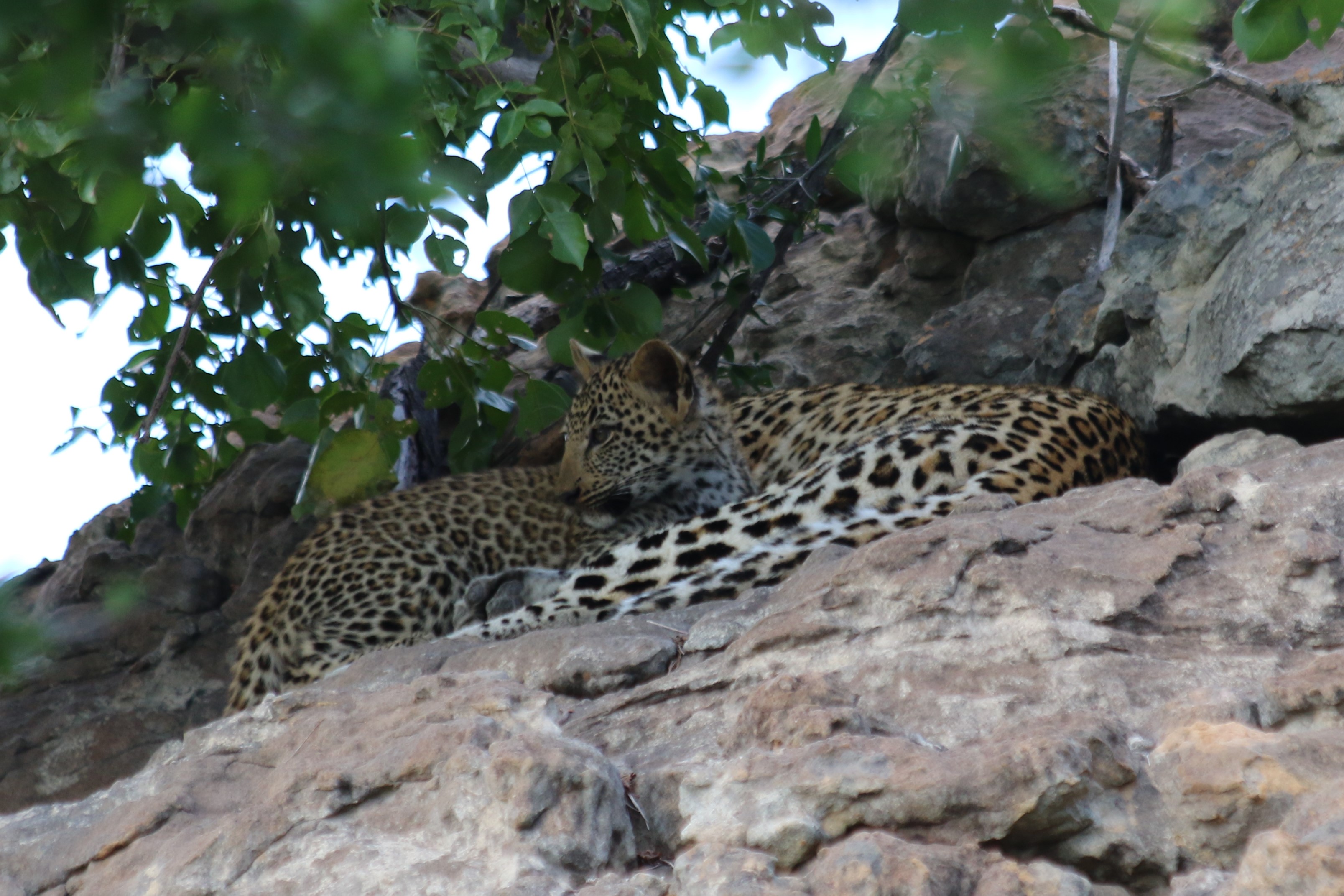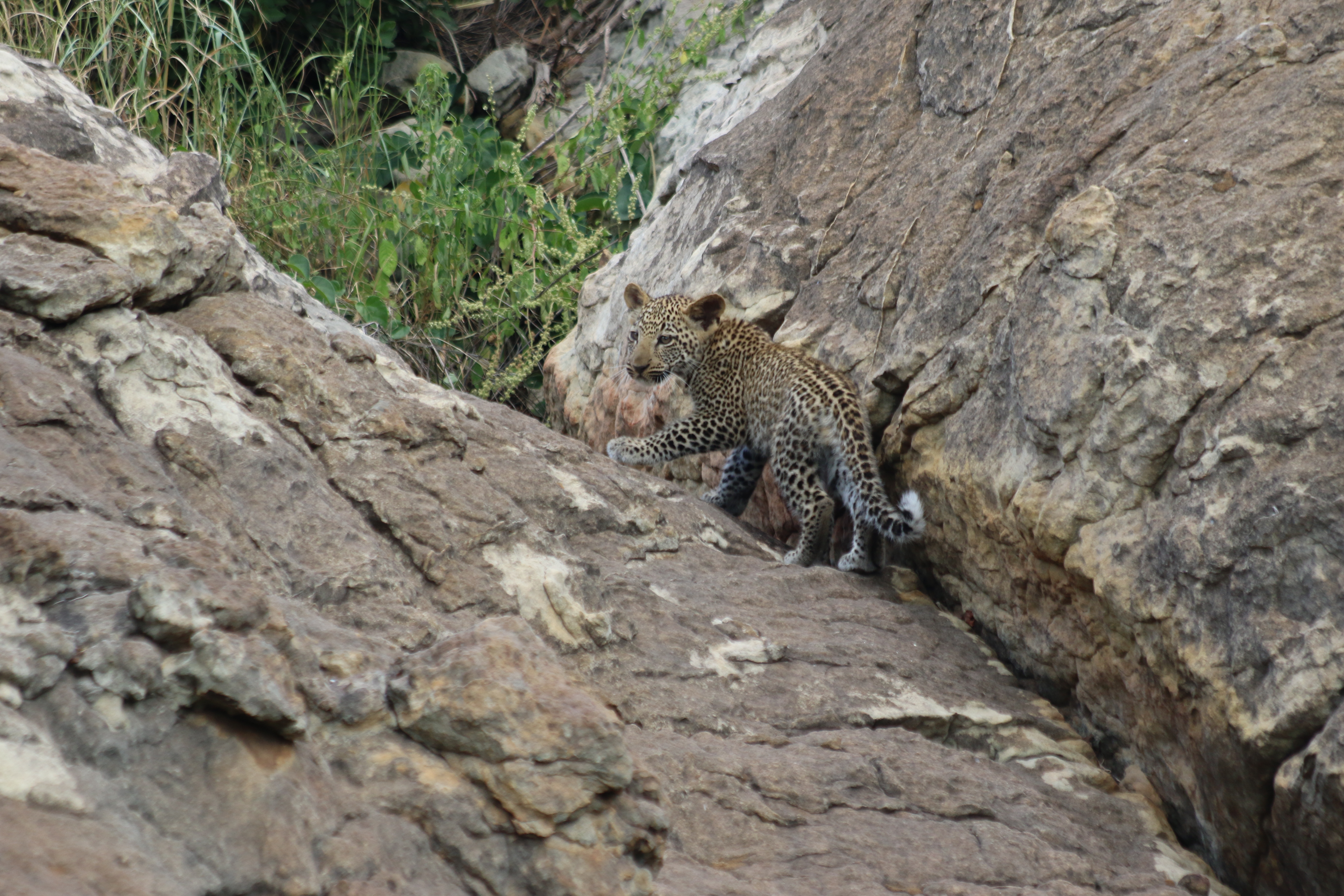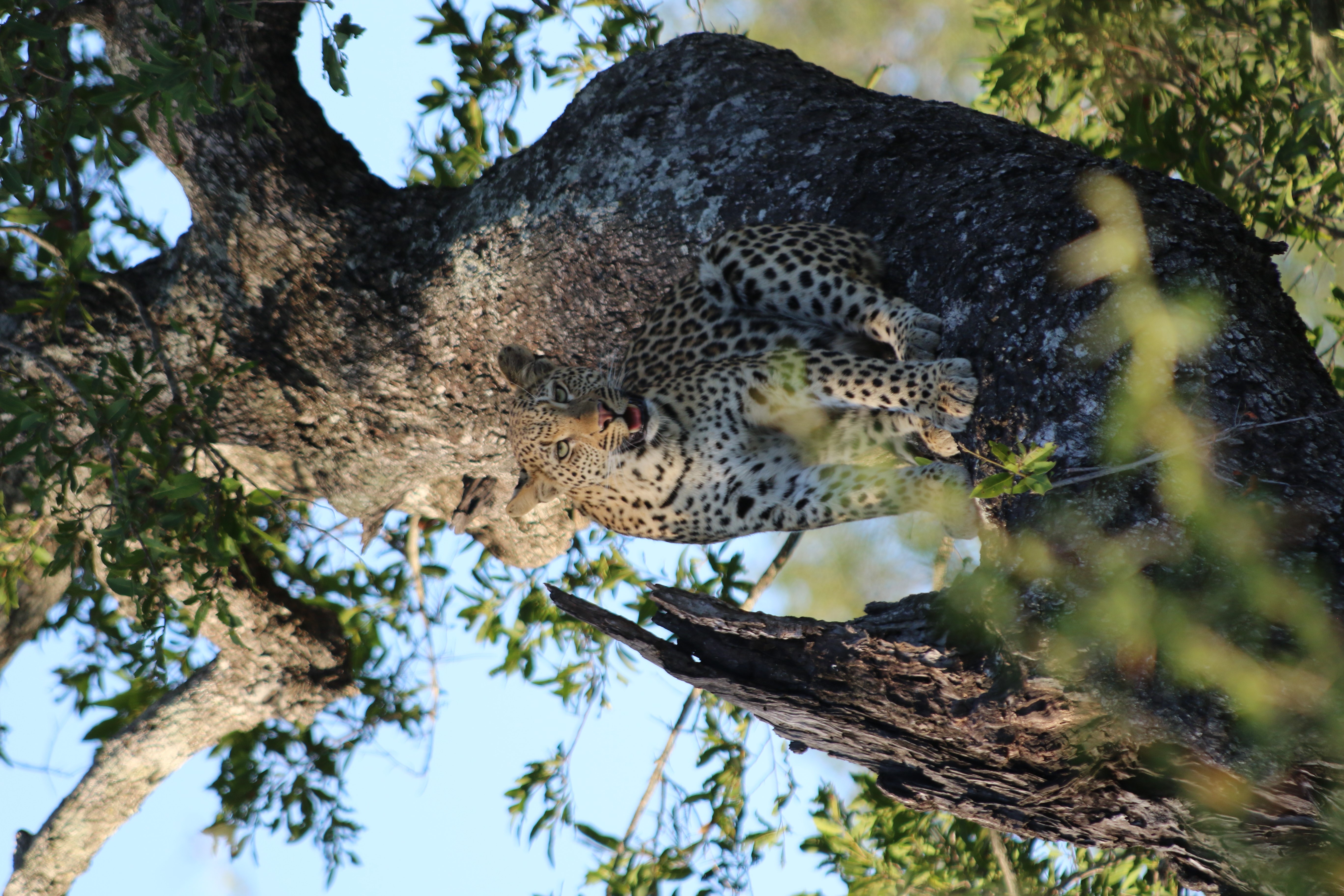News
Remarkable new insights into leopard populations and their conservation
The leopard has lost at least 50% of its historical range in Africa, and is increasingly threatened by habitat loss, declining prey populations and direct persecution. Transfrontier conservation areas (TFCAs) and other landscape-scale conservation initiatives have the potential to give leopard populations access to the large, connected areas they need to thrive – but there is currently little information on how the species is faring across these landscapes.
This video shares the highlights of a new study by WildCRU researchers and collaborators in Botswana and Zimbabwe which sheds light on leopards in the Kavango Zambezi (KAZA) TFCA. Our analysis, led by Charlotte Searle, revealed that leopards were more likely to use areas with more prey and under a high level of protection, and that leopards were most abundant in highly-protected areas without trophy hunting. Securing prey populations, continuing to conserve highly-protected areas, and careful management of trophy hunting to ensure sustainability will help secure the continued persistence of leopards in Africa’s largest TFCA.
Searle, C., Bauer, D., Kesch, K., Hunt, J., Mandisodza-Chikerema, R., Flyman, M., Macdonald, D.W., Dickman, A., Loveridge, A. (2020) Drivers of leopard (Panthera pardus) habitat use and relative abundance in Africa’s largest transfrontier conservation area. Biological Conservation








